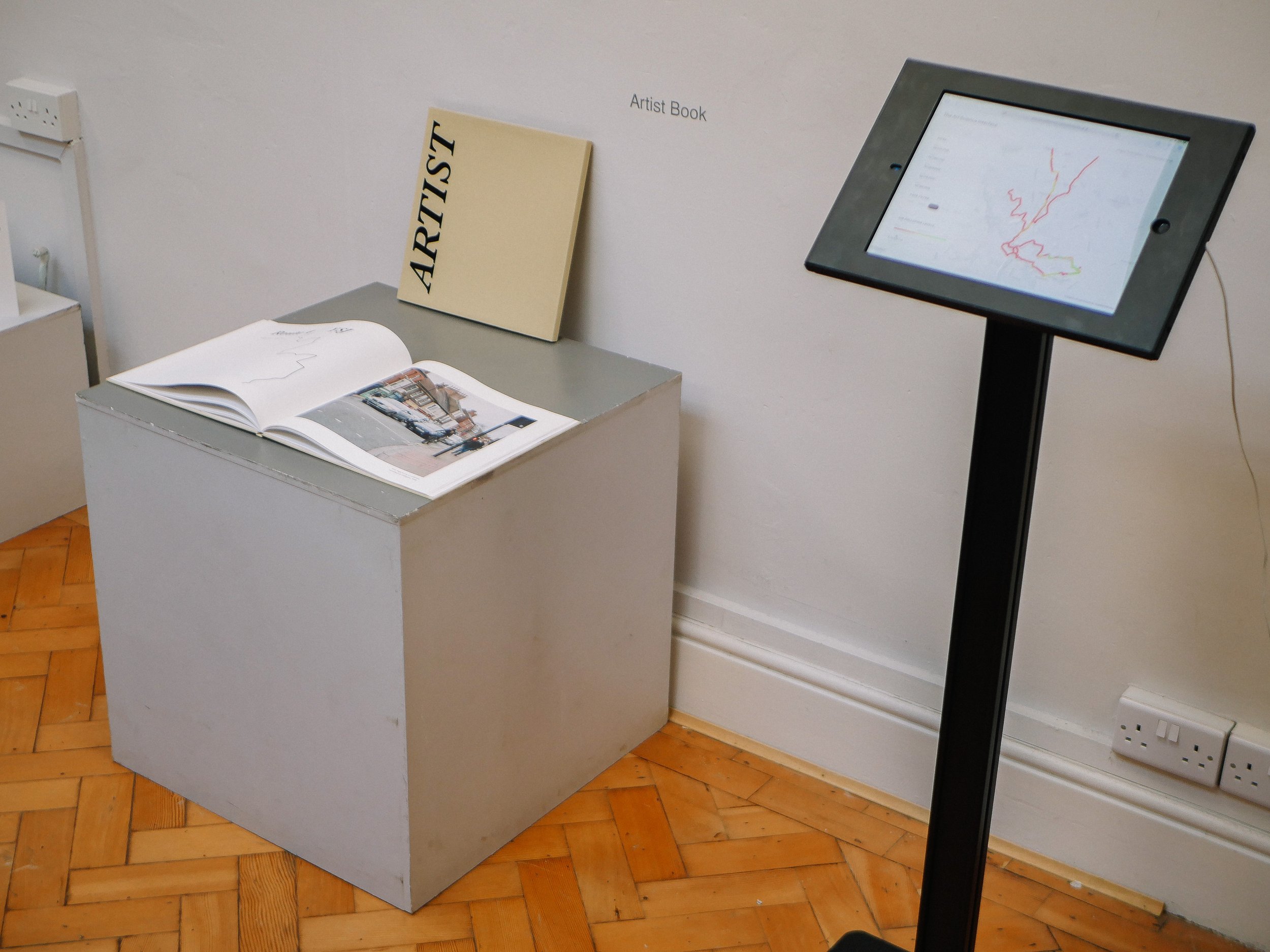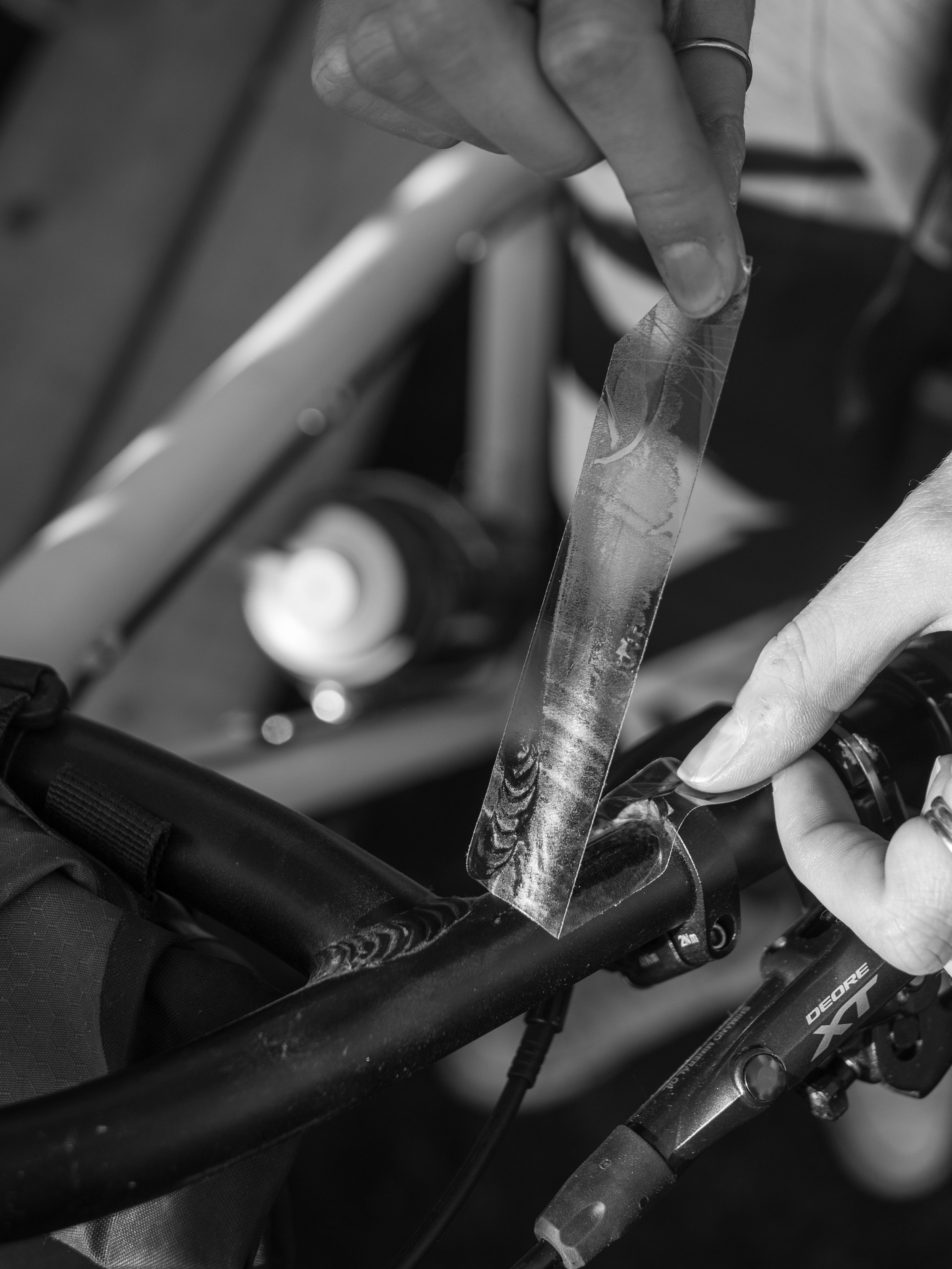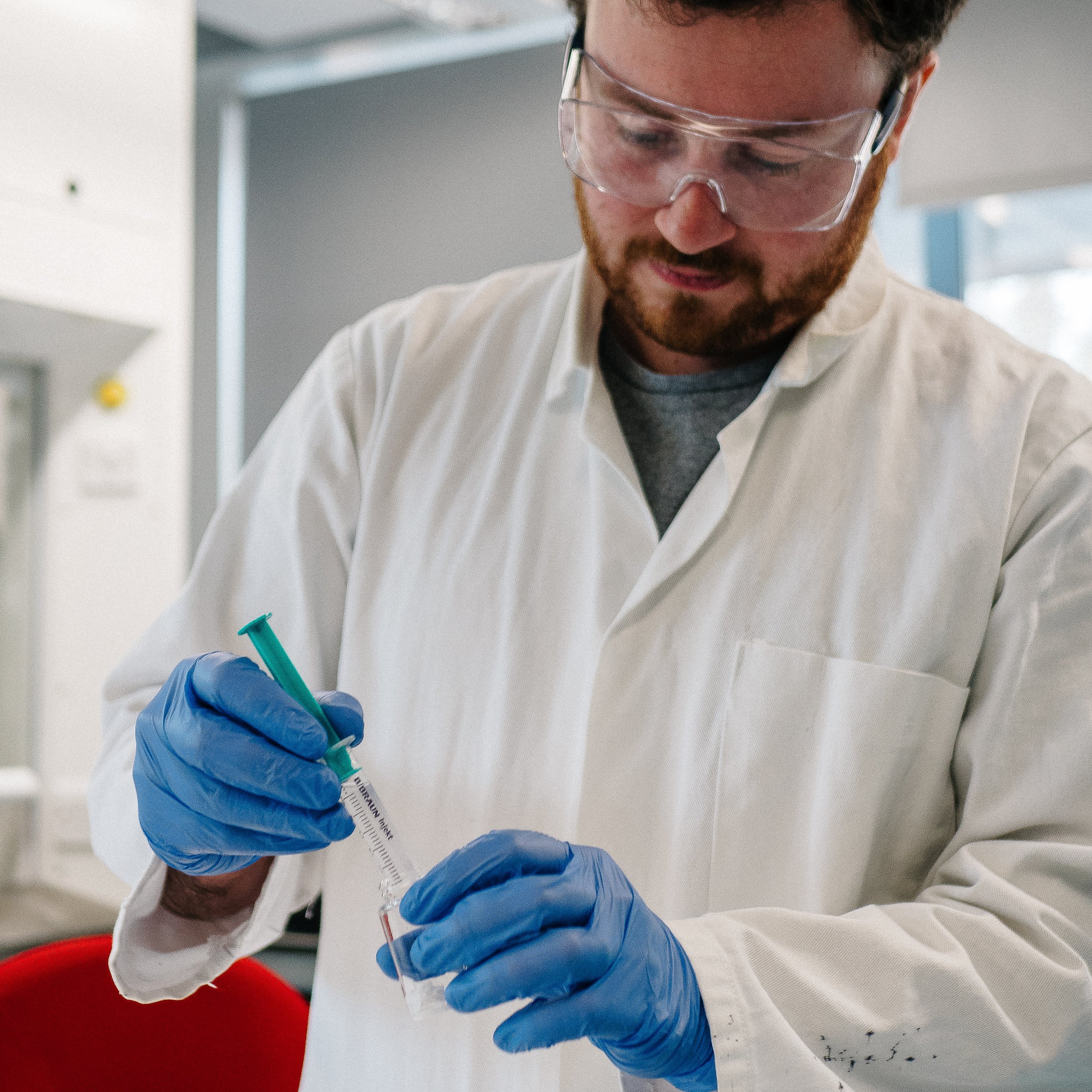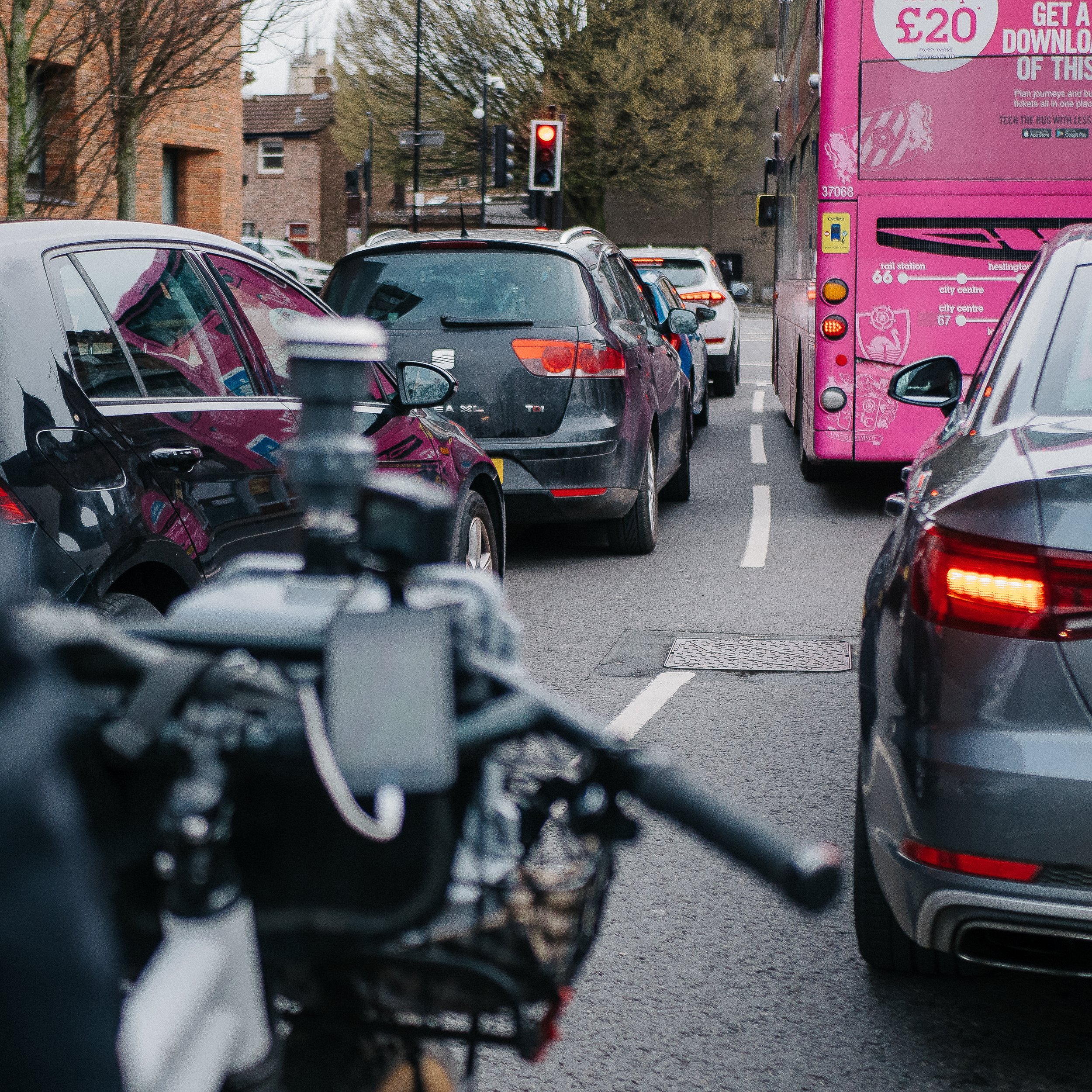“My own environmental consciousness has increased tenfold over the past few years, we cannot deny the interconnectedness of everything that we do. Performance art is a medium that has
an embodied lived and direct experience. Perhaps this can
offer new insights to scientific research of air pollution. This interdisciplinary dialogue with (WACL) builds upon, shapes, and informs key elements of my continuing creative practice.”
Clare Nattress












“Air quality is a global issue which individual countries cannot fix on their own and is interconnected in a web of environmental issues facing humanity. While we as scientists are improving our understanding of the sources of air pollution, disseminating our research to the public is challenging. This interdisciplinary project has proved how art-science collaborations can improve public understanding through the visualisation of challenging issues.”
Dr. Daniel Bryant
The art-science interface: making York’s air pollution visible.
C. Nattress & D. J. Bryant.
Airborne particulate species less than 2.5 micrometers in diameter known as PM2.5 are considered to be the most deadly form of air pollution, contributing to millions of premature deaths per year globally. However, due to the small size of these damaging airborne particulate species drawing public attention to the issue is challenging. This study aims to increase the public awareness of PM2.5 through an art-science collaboration. Conceptual artist Nattress uses her bicycle as a performative tool to pedal on low and high infrastructure routes around the City of York, UK. The roads around the circumference of the University of York (UoY) and York St John University
(YSJ) are known highly polluted areas that are often heavily congested. The bicycle was equipped with a MiniVol TAS sampler for PM2.5 sample collection and a Plume Labs Flow 2 sensor for real-time air quality measurements over the course of three months. The filters collected were extracted and analysed by atmospheric scientist Bryant through an established method used for PM2.5 filter samples, using ultra-high-performance liquid chromatography coupled to high-resolution mass spectrometry to identify known compounds within the samples. The process of collection and extraction were documented, and the filters also photographed and investigated under a microscope.
This arts-science collaboration seeks to uncover if there are any striking differences in air pollution levels on regular bus routes to both campuses as well as alternative rural routes. This study proposes that the data and information gathered will be incorporated onto a digital map of York to reveal collection locations and routes as well as pollution concentrations and compounds present within filter samples. Combining this data with photos and
video snapshots of each performance ride will improve the public’s ability to see for themselves pollution within their city. This interdisciplinary collaboration would also increase our understanding of environmental hazards facing cyclists and the benefits of a healthier environment through improved infrastructure. This study will help monitor and creatively disseminate exactly what cyclists and the public are exposed to and will help to inform effective solutions.
Despite ongoing evidence that suggests art enhances our understanding of science and data, there is still much to analyse regarding impact and personal realisation for action. This study provides initial evidence that the public engages with creative and visual outcomes that aim to make the invisible, visible.
Thank you to Blossom Street Gallery for hosting the Art Science Interface: making York’s air pollution visible.
